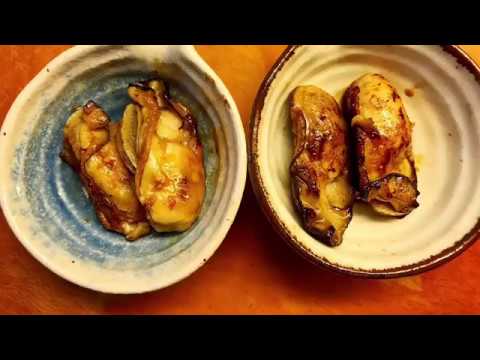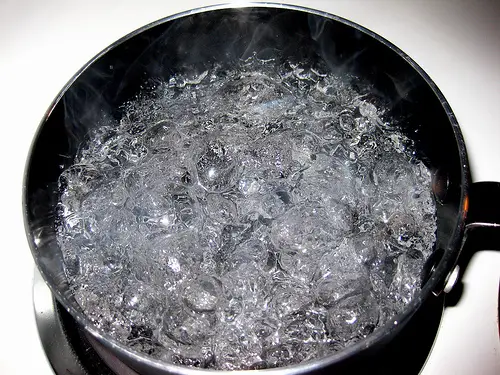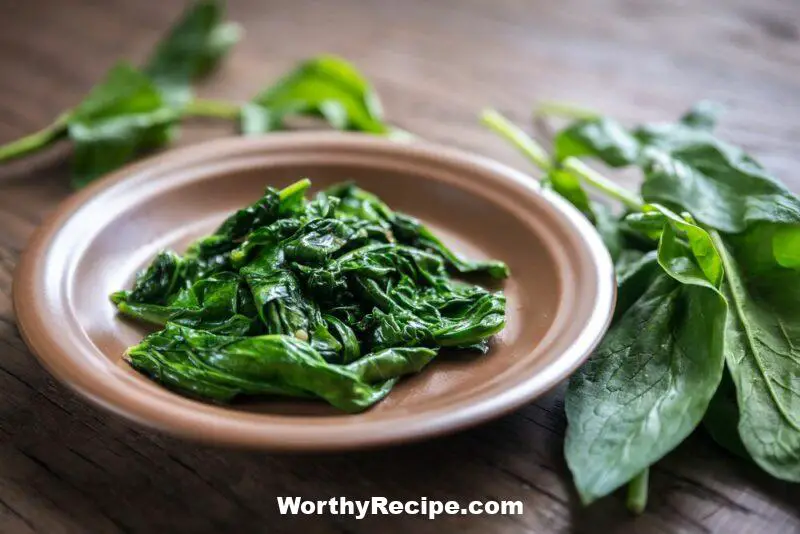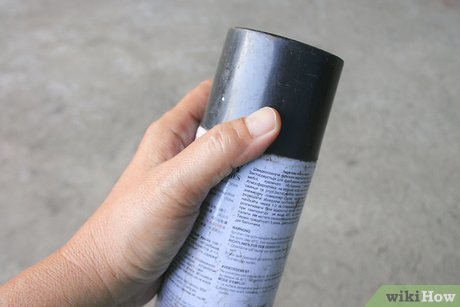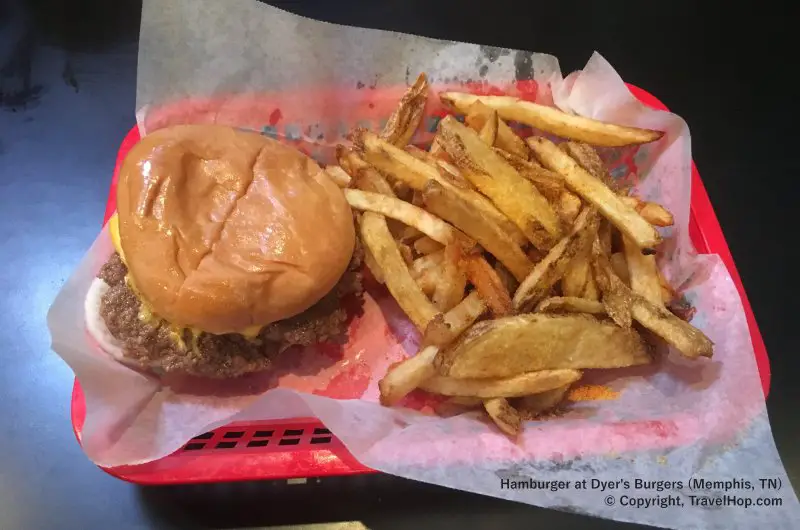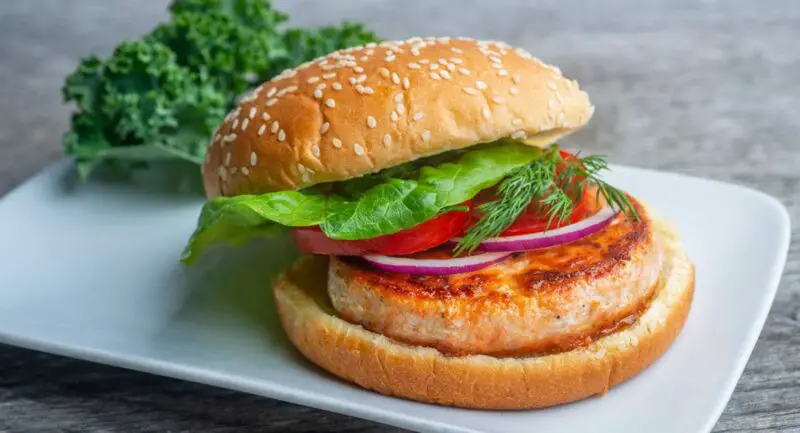How to Cook Frozen Oysters: A Comprehensive Guide for Gourmet Lovers
For avid oyster lovers, there is nothing like fresh, plump oysters on the half shell. But what if you find yourself in a situation where fresh oysters aren’t available? Frozen oysters can provide a great alternative, with their long shelf life and convenience. However, cooking frozen oysters requires different techniques from fresh ones. In this comprehensive guide, we will show you how to cook frozen oysters that are succulent and full of flavor.
Overview of Frozen Oysters
Frozen oysters are harvested and then frozen immediately after shucking to retain their freshness and quality. They are typically packaged in 1-pound containers or vacuum-sealed bags and can be purchased year-round. Compared to fresh oysters, which come with a short shelf life of 7 to 10 days refrigerated or live, frozen oysters have a much longer shelf life, up to 6 months when stored properly.
However, it’s important to note that frozen oysters don’t taste exactly like fresh ones. Freezing can affect the texture of the meat, making it less firm and somewhat softer than expected. The freezing process also transforms the taste slightly by creating a crunchier texture that is less briny than fresh ones.
How to Store Frozen Oysters
The best way to store frozen oysters is in the freezer at -18 degrees Celsius or below. Most domestic freezers have a standard freezer temperature of -18°Celsius or lower, which is perfect for storing them. When storing them properly in their original packaging or vacuum-sealed bags, they can last up to six months without losing their quality.
Once opened or partially used packages are transferred for storage, it’s essential to label the date on the package so you can keep track of when they were first frozen. Don’t forget to check your freezer regularly and make sure that you don’t store them for more than six months, as they will start to lose their quality over time.
Preparing Frozen Oysters for Cooking
Before cooking frozen oysters, it’s crucial first to defrost them. Always thaw the oysters overnight in the refrigerator by placing them in a tray and then cover them using plastic wrap or aluminum foil. Allow them to sit in the fridge for 8 hours or more until they are fully thawed before proceeding with any recipe.
Once thawed, inspect each oyster carefully for any ice crystals or debris that may have been in the package. If possible, rinse them briefly under cold running water, taking care not to soak them in liquid as this may adversely affect the taste and texture of the oyster meat.
Popular Cooking Methods for Frozen Oysters
There are several popular methods that can be used for cooking frozen oysters, such as steaming, frying, baking, among others. In this section, we will go through each method in detail.
Steamed Oysters
- Materials needed: pot with lid and steamer basket
- Preparations: Add around an inch of water into a pot and place a steamer basket inside. Lightly season each oyster with salt and pepper before placing them inside the basket.
- Cooking time and temperature: Steam for about 4-5 minutes over high heat until their shells open up.
- Tips and tricks: You can add other seasonings such as garlic, shallots, or lemon juice to elevate the flavors.
Fried Oysters
- Materials needed: frying pan or cast-iron skillet, cooking oil
- Preparations: Coat each shucked oyster in flour, whisked eggs, and bread crumbs seasoned with salt, pepper, and herbs before frying in a pan.
- Cooking time and temperature: Fry the oysters for about 2-3 minutes on each side until golden brown.
- Tips and tricks: Don’t overcrowd the pan when frying to ensure that they cook evenly.
Baked Oysters
- Materials needed: oven-safe baking dish and oven
- Preparations: Season the oysters with butter, garlic, breadcrumbs, and Parmesan cheese before baking them until golden brown.
- Cooking time and temperature: Preheat the oven to 350°F. Bake for about 8-10 minutes or until their internal temperature reaches at least 140°F.
- Tips and tricks: You can try different spin-off flavors by adding toppings like bacon bits or smoked salmon for an added burst of flavor.
Flavorful Recipe Ideas for Frozen Oysters
Here are some recipe ideas you can try using frozen oysters:
- Grilled Cajun-style Oysters: Marinade oysters in a mixture of garlic butter with paprika, cayenne pepper, onion powder, salt, black pepper and grill over high heat until done.
- Oyster Po’ Boy Sandwich: Fry regular shucked oysters coated with cornmeal batter before placing them on a thick sandwich roll. Add remoulade sauce made from mayonnaise, cajun seasoning, dijon mustard and hot sauce to garnish.
- Oyster Gumbo Soup: Cooked with shrimp or other seafood, rice, celery, bell peppers, and onions in a classic New Orleans-style stew.
- Baked or Fried Oyster Rockefeller: Replace fresh oysters with frozen ones in this classic dish made with bacon, spinach, parmesan cheese and buttered bread crumbs topping.
- Classic Oyster Shooters: Add cooked baby potatoes, cocktail sauce and horseradish alongside freshly shucked oysters for a shot of flavor.
Tips to Enhance the Flavor and Texture of Frozen Oysters
Here are some tips to help enhance the flavor and texture of your cooked frozen oysters:
- Pair them with lemon wedges or seafood sauce to give them an extra zing of flavor.
- Use herbs such as parsley, chives, or thyme to add depth to the taste.
- Brine your oysters beforehand to retain their natural juices.
- Add an acidic marinade like white wine or citrus juice to tenderize the meat.
- Topping them with breadcrumbs or cheese can add a crunchy texture that pairs well with their soft interior.
Safety Precautions when Cooking Frozen Oysters
Cooking oysters requires special safety precautions. Always wash your hands thoroughly before handling raw oysters.
It’s important to properly cook frozen oysters as they can cause food poisoning if eaten raw or undercooked. The FDA suggests cooking them at a minimum temperature of 145°F for at least 15 seconds or until the meat is opaque and firm. Always use a food thermometer to check the internal temperature before consuming them.
It’s essential to also be cautious of any allergic reactions that may occur with oysters. Some people may have allergic reactions to shellfish, causing symptoms like hives, swelling, or difficulty breathing.
Conclusion
Although frozen oysters do not taste exactly like fresh ones, they can still provide an excellent alternative when fresh oysters are not available. This guide has shown you how to properly store, prepare, and cook frozen oysters using various methods and recipe ideas while keeping safety in mind at all times.
We hope these tips help you enjoy your frozen oyster experience! Don’t be afraid to experiment with different cooking techniques and flavor combinations to make your culinary journey even more exciting.
Frequently Asked Questions
Can I cook frozen oysters at home?
Absolutely! Cooking frozen oysters at home is very easy and simple. All you need to do is to thaw them out properly before cooking.
What’s the best way to thaw frozen oysters?
The best and safest way to thaw frozen oysters is in the fridge overnight or for a few hours before cooking. Avoid defrosting them at room temperature or in hot water as it can lead to bacterial growth.
What are some of the best recipes for cooking frozen oysters?
There are various delicious recipes you can try when cooking frozen oysters. You can steam them, bake them, fry them, or grill them. Some popular dishes include Oyster Rockefeller, Oyster Po’ Boy Sandwiches, and Oyster Stew.
How do I know when my frozen oysters are fully cooked?
Frozen oysters should be cooked until they are firm and white. You can also check their internal temperature using a food thermometer. Cooked oysters should have an internal temperature of 145°F (63°C) before serving. Don’t overcook them as it can make them rubbery and tough.
